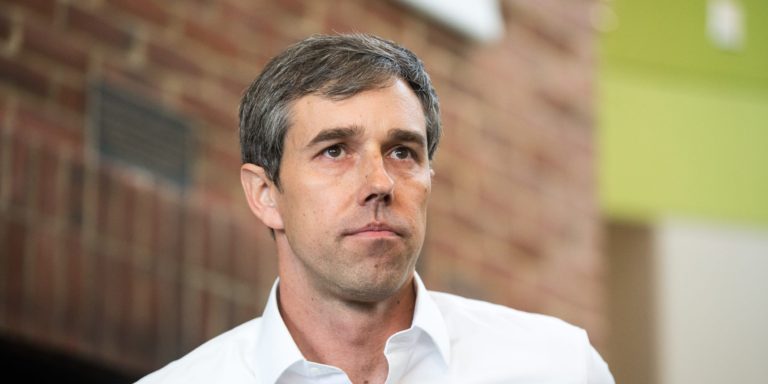The views expressed by the contributors are their own and not the view of the Editorial Review or The Politics Society.
By: Aldo Gonzalez ’20
Corporate America is in love with Amazon. With the American consumer addicted to two-day shipping, cities and politicians across the United States are preparing to court Amazon’s second headquarter complex.
Amazon released its request for proposal for a new HQ location in early September, representing the opportunity as a advantageous gift that would boost the local economy and enrich the lives of citizens of whichever city is lucky enough welcome Bezos and his band of executives. In the short term, economic analysts argue that the presence of an Amazon HQ will positively impact a city’s economy through direct investment from outside and boost local employment by an estimated 50,000 new jobs. Furthermore, cities could benefit from the efforts needed to construct a $5 billion complex.
However, before any city allocates countless resources to please Jeff Bezos, local politicians must carefully explore the implicit and explicit costs of participating in the process. Additionally, policymakers must also analyze the long-term implications of housing Amazon’s HQ 2.
In the long-term, development analysts assert that the chosen city will benefit from an inflow of young, highly-skilled, and highly-educated workers that could lead to a revitalization of infrastructure and the local economy. Public servants, often enticed by the short term political rewards may find it difficult to recognize long-term consequences. With this dynamic, it is easy to overlook that housing prices are bound to rise tremendously for any city housing Amazon HQ 2. With the influx of 50,000 employees and the resulting appeal of the area to young professionals, either a new housing crisis will surface or an old one will be exacerbated. Current citizens will be priced out, missing out on the promised economic benefits.
It is also important to note that the 50,000 additional jobs will likely require applicants to have college degrees. The local less-educated and low-skilled workers in the selected city will likely not face the same opportunistic labor market facing a Stanford or MIT graduate. Under these conditions, regional economic inequality is destined to rise. Aside from hopeful economic projections about the impact of the Amazon brand alone on the selected city, middle-class and low-income citizens are unlikely to benefit from this arrival, in turn beginning the gentrification process.
As mayors and council members refine their plans for Amazon, local government offices face the risk of misallocation of both political capital and time. Further, such plans are likely to include ludicrous amounts of subsidies for Amazon, minimizing Amazon’s initial capital costs to near zero.
Furthermore, it would be naive to think that Amazon does not have a location in mind already. Amazon’s interest lies in generating media attention for the brand itself, as many cities are bound to offer plenty of subsidies.
The long-term implications include even larger subsidy packages for future Amazon expansions, making it more likely that vital state and local tax dollars will go to Amazon’s coffers, rather than to initiatives that could improve the lives of middle-class and low-income families like retraining programs.
Local officials are ignoring the danger of putting all their eggs in the Amazon shopping cart — it creates the fallacious belief that there is a singular solution out there to revitalize urban centers and local economies, thus leading to lazy policy-making and short-sighted governing.
Bottom line, regional growth is ensured by government-sponsored vocational and retraining programs and easing restrictions on new housing construction. Economic development is not delivered in two days. Amazon is not your savior.
Aldo Gonzalez is a sophomore at New York University. He can be reached at ag5521@nyu.edu.



